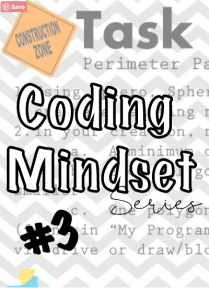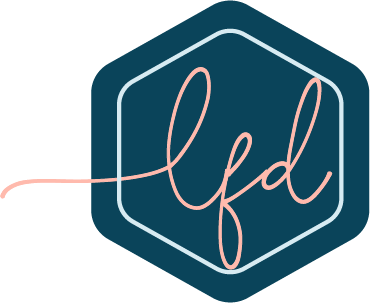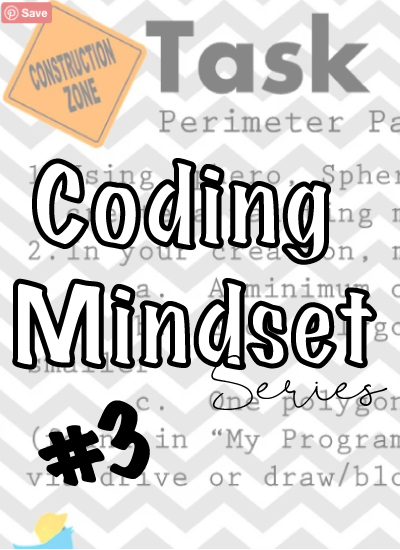 Are you ready for more coding? In this series, we have covered a brief introduction to coding mindset HERE and then dug into the first level of coding, directional, for even non-readers HERE. Now it is time to look into the second level of coding, Block Code.
Are you ready for more coding? In this series, we have covered a brief introduction to coding mindset HERE and then dug into the first level of coding, directional, for even non-readers HERE. Now it is time to look into the second level of coding, Block Code.
You have probably seen block coding somewhere before even if you didn’t know what it was. The easiest visual is legos or vertically arranged puzzle pieces:) Each color represents a category such as movement, controls, operations, and variables. Within each color are various options.
Let’s take a look at one of my all time favorites, Sphero! The Sphero robot has the ability to be programmed by directional coding (via controls or drawing), building blocks, or written code. I could do a whole series on just the Sphero!
Today we will just look at the block code. At the start of a new program, I could select movement (along the bottom – far left – in blue). This would open up several movement options such as roll, spin, and speed. If I drag “roll” to the white stage, I have three circles for variables to set: heading, speed, and duration. Check out this less than five-minute video with not only includes this example but applies it to programming a square.
How can you help develop a coding mindset using block code? Honestly, you just integrate it into your existing curriculum. Your students’ brains do the rest! For example, if the skill I was covering was polygons or perimeter of polygons, I could have them use the Sphero with fingerpaint to create three polygons with a perimeter of fewer than 36 units. Two of them could be with the drawing option but the last one would have to use block code to draw the polygon. You can find a free task card for this example here.
Wait, you can paint with the Sphero?!? Oh, yes!! Spheros can go in water, paint, ….did I mention I LOVE Sphero? I promise there are many future posts on this topic:) Some other options for integrating block code are Scratch, Lego, or even Minecraft with Code.org
How could you integrate into block code in your classroom? I would LOVE to hear your ideas. If you are on Twitter, make sure to @lisaspencilbox and #codingmindset Stay tuned for the next part of our series when we will dig a little deeper into written/text coding!








